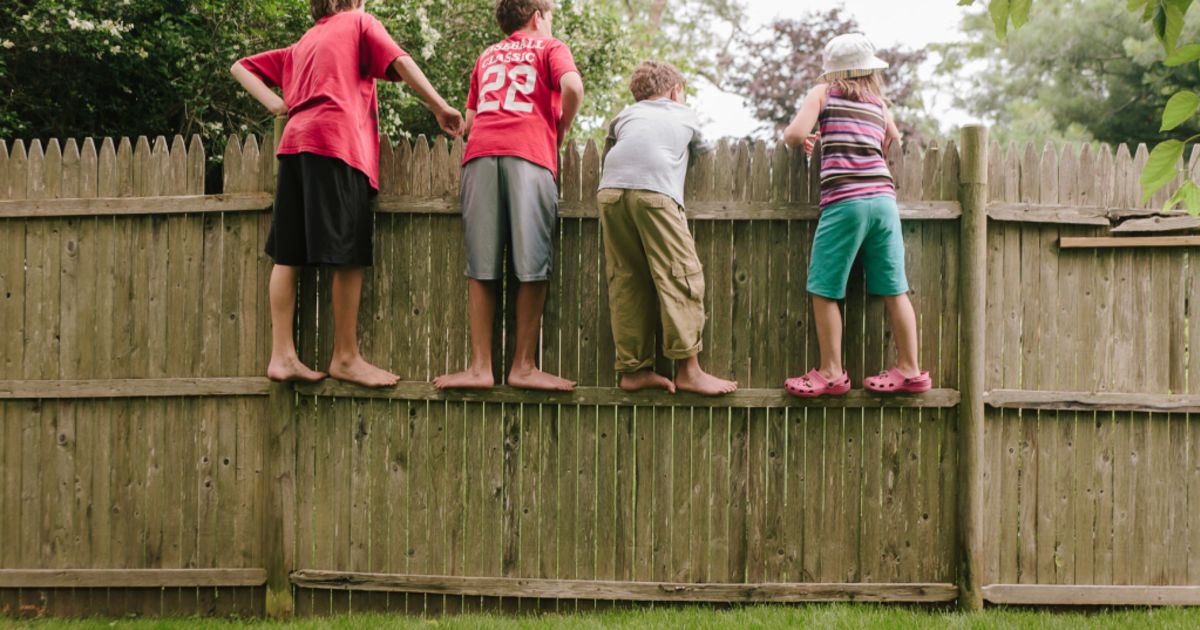There are clear legacies emerging from the COVID-19 pandemic.
The latest McGrath Report 2022 explores how sociologists and researchers expect our workplaces, our homes and communities to change as we come out the other side of a once in a 100-year crisis.
The report explores:
- How has the central point of our urban life has changed and question whether it has changed forever
- What do the experts predict for the workplace and how are some companies already evolving
- How will communities and neighbourhoods feature in our lives and in our town planning
Here’s what the report had to say about the trend towards neighbourhood…
There have been few silver linings in the wake of COVID-imposed lockdowns, border closures and social distancing rules.
But a rare upside has been a shift back to a more localised way of living for many Australians.
We have returned to a way of life enjoyed by generations past, where we know our neighbours’ names, our children play together in the streets, and local businesses have an important role in our community.
Research by sociologists has found that wellbeing is positively influenced by community belonging and togetherness during a disaster.
They expect relationships to be strengthened due to community identification and feelings of unity in response to the pandemic.
Working from home is now an entrenched way of life, giving more of us the opportunity to spend quality time in our communities, getting to know our fellow locals better.
The global consulting firm, Deloitte, has announced a new workplace model prioritising outcomes, not hours.
They have told their 10,000 staff that they can choose when and where they work, as long as tasks are completed.
Westpac and Telstra are considering selling off floor space no longer needed in their Sydney city offices because many staff will be working from home on a permanent basis.
This change in the way we work is expanding the horizon for Australian city residents.
As social demographer Bernard Salt puts it, “The city centre is no longer the pivot around which urban life revolves.”
COVID-19 is inspiring a shift to middle and outer ring suburban living as more people search for greater open space, more connected communities and housing affordability.
The desire to live close to the city to reduce the work commute is no longer relevant, so lifestyle has moved up as the No. 1 priority.
Mr Salt describes these relocators as ‘VESPAs’ or Virus Escapees Seeking Provincial Australia.
These inner-city residents are buying larger, more affordable homes with backyards away from the CBD, while others are leaving the big cities for a regional seachange or treechange and a closer connection to nature.
Both trends have a common denominator – a lifestyle shift away from the urban hustle and bustle to local village living and a slower pace of life.
Social connections form part of an area’s appeal.
One in two Australians says they feel lonelier due to COVID-19 and the isolation created by restrictions is making life difficult.
Research shows people feel more connected to their neighbourhoods when they are living away from the urban density of capital cities.
An ABC survey of 60,000 Australians found 55% of inner metropolitan residents know many of their neighbours, compared to about 70% in rural and regional areas.
People are increasingly shopping locally, driven by a strong desire to support local business owners and producers, even if it means spending more than they would at large retailers.
Going forward, this trend is likely to remain, with a survey of more than 1,650 shoppers and businesses finding 73% of Australians want to see brands demonstrate they are connected to local communities.
The growing focus on staying local is highlighting the benefits of the 20-minute neighbourhood standard of urban planning.
This ideal scenario gives residents access to shops, services, schools, public transport and employment within a 20-minute walk.
Residents of such neighbourhoods not only enjoy convenience but also better health because they are walking more often and generally spending more time outdoors.
“Residents of these neighbourhoods often have a strong sense of community and connection to place,” said Professor Linda Corkery of the University of NSW.
“People are out and about on the street socialising, supporting local businesses, being involved with local schools, enjoying local parks.”
Finding joy in green spaces is a popular pastime these days.
With gyms shut and local sporting activities postponed, people are turning to parks, bike trails and walking paths to exercise their bodies and minds.
This is pushing the usage of natural spaces up, with a dramatic increase of 112% in Melbourne, 36% in Sydney and 17% in Brisbane during the first few months of the pandemic in 2020.
What’s more, green spaces have a positive influence on housing prices.
This is particularly the case in higher density areas, where proximity to parks and reserves is more important.
CoreLogic Research Director, Tim Lawless describes a “statistically significant positive relationship between unit prices and proximity to green areas”.
CoreLogic research shows the top five Sydney areas with the highest percentage of public green space are Heathcote-Waterfall, Berowra-Brooklyn-Cowan, Terrey Hills-Duffys Forest, Asquith-Mount Colah and Menai-Lucas Heights-Woronora.
During lockdowns, many homeowners are renovating to refresh their living environments, thereby raising the value of their properties whilst also lifting the look of local streets.
The Housing Industry Association expects restrictions to continue driving an increasing number of medium-sized renovation projects, such as new kitchens and bathrooms.
The pandemic is shining a spotlight on the importance of building connections within local communities, changing the way Australians live, play and work.
That focus is unlikely to shift once COVID-19 lockdowns end, giving many a work-life balance they could only dream of before.
Source: https://propertyupdate.com.au/return-of-neighbourhood-a-legacy-of-covid19



